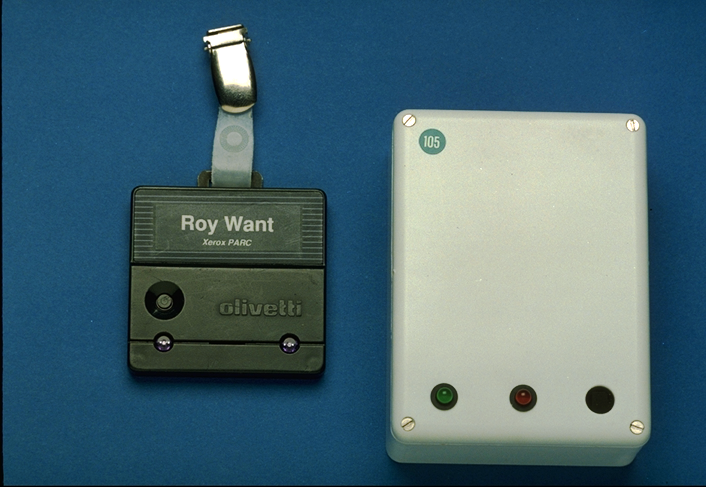
Enabled users to be located in a building: supporting direct messaging, communication and context-aware computing.
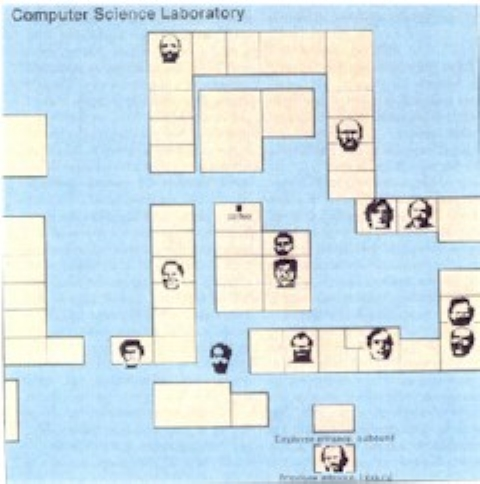
An active map application running in X-windows allowing a receptionist to easily locate team members.
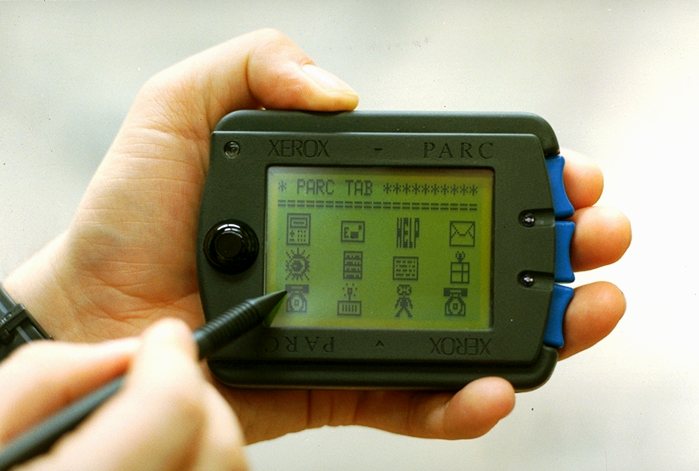
The first Context-Aware Mobile Computer.
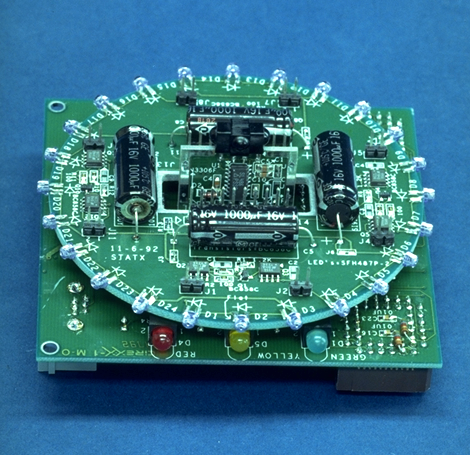
Diffuse IR-Transceiver for PARC-Tab (1992)
A diffuse infrared-transceiver providing the networking and contextual infrastructure needed by the PARC-Tab. It was deployed as a micro-cellular system, with one transceiver per room.
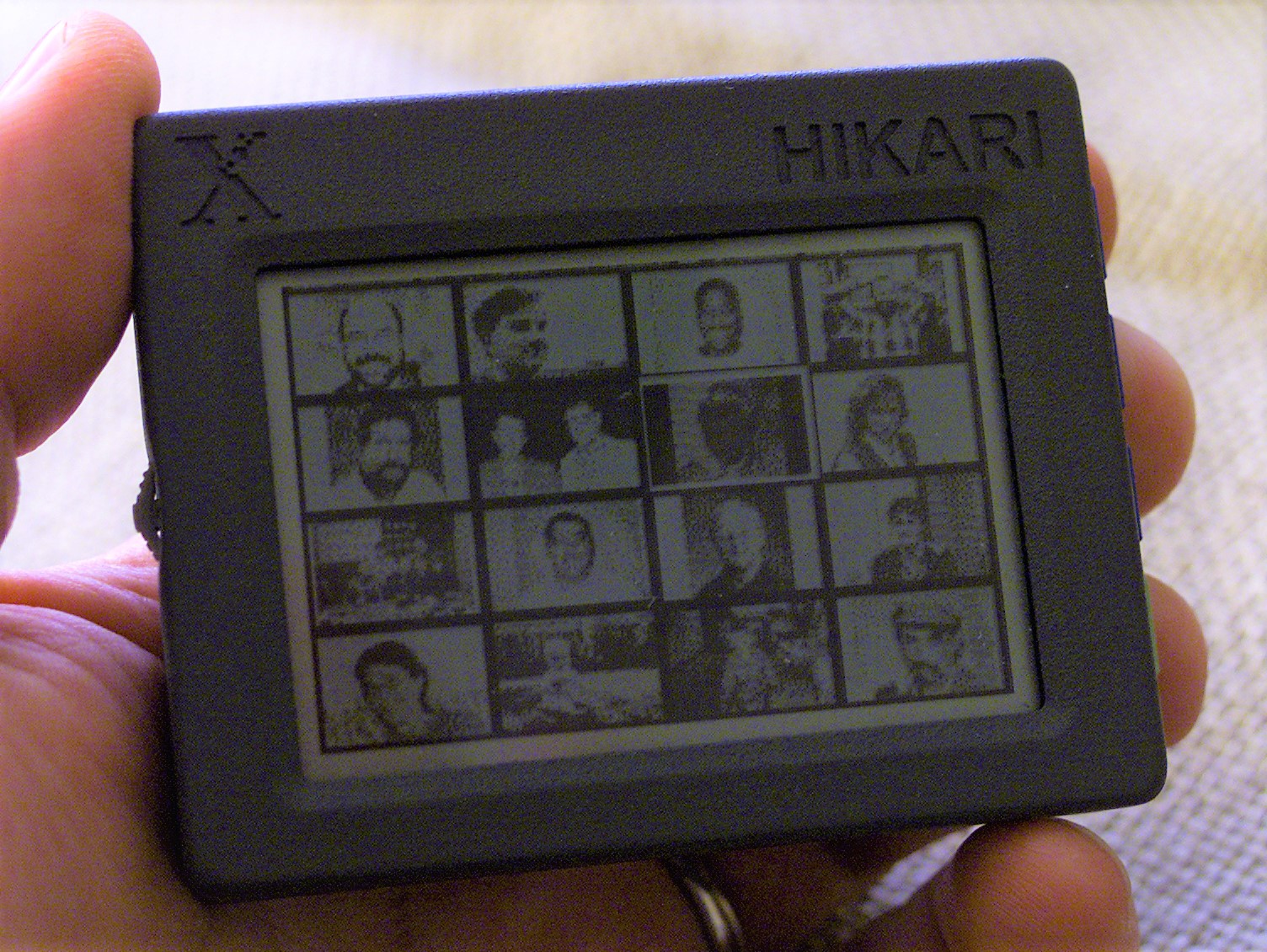
Hikari (1999)
A personal digital assistant with an inertial sensing UI. Supporting auto-configuration of portrait and landscape mode, by rotating the device; list scrolling by tilting and selection with a grip-clutch; and a ball-bearing (or bubble) selector shown here for selection of items from a grid.
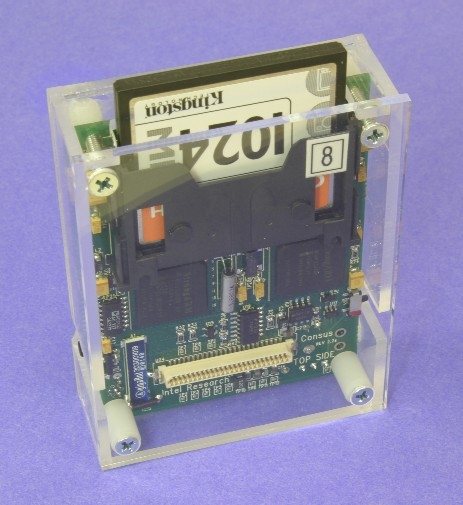
The Intel Personal Server (2005)
Casting its desktop, file system, audio and video files to nearby screens. Later versions where integrated into a smartphone.
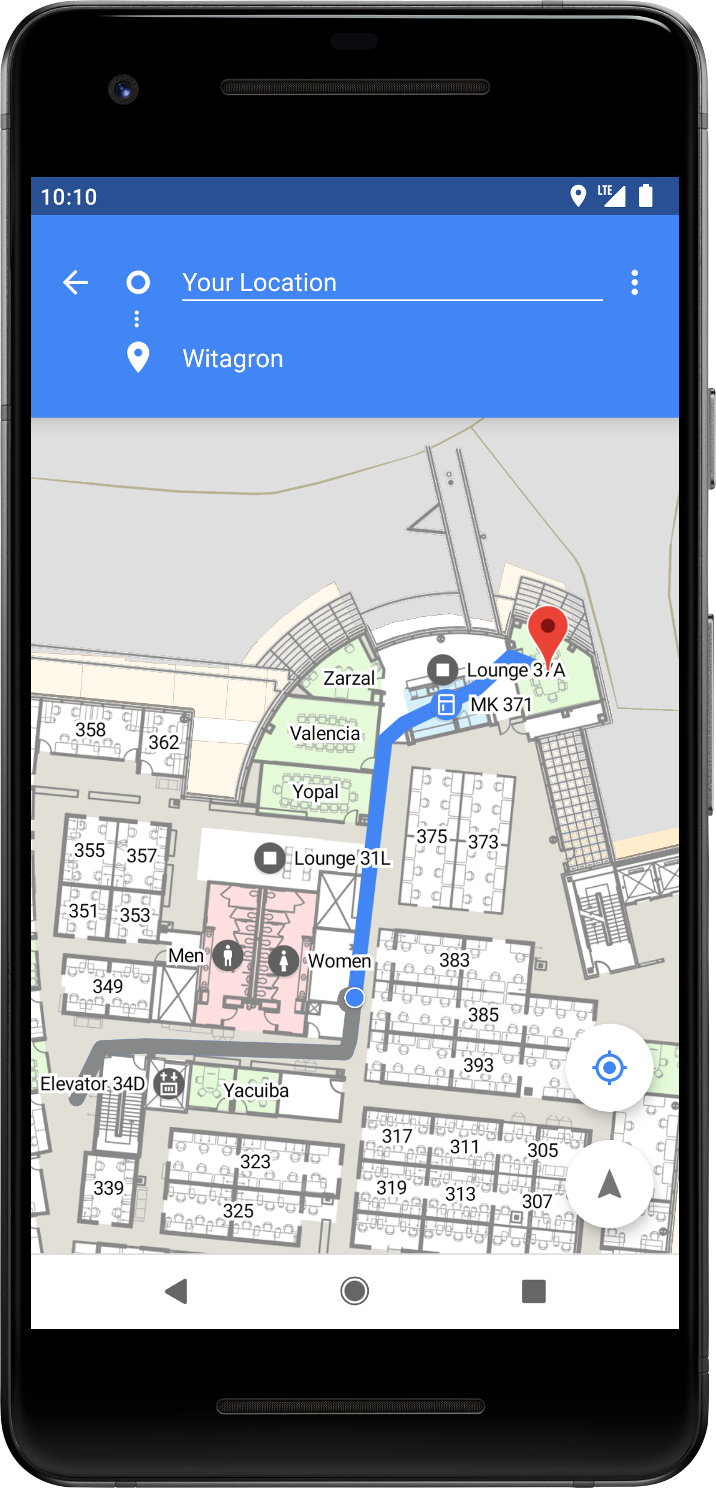
Android Wi-Fi RTT based indoor Navigation. (2018)
An application built to demonstrate the IEEE 802.11mc API available since Android P.